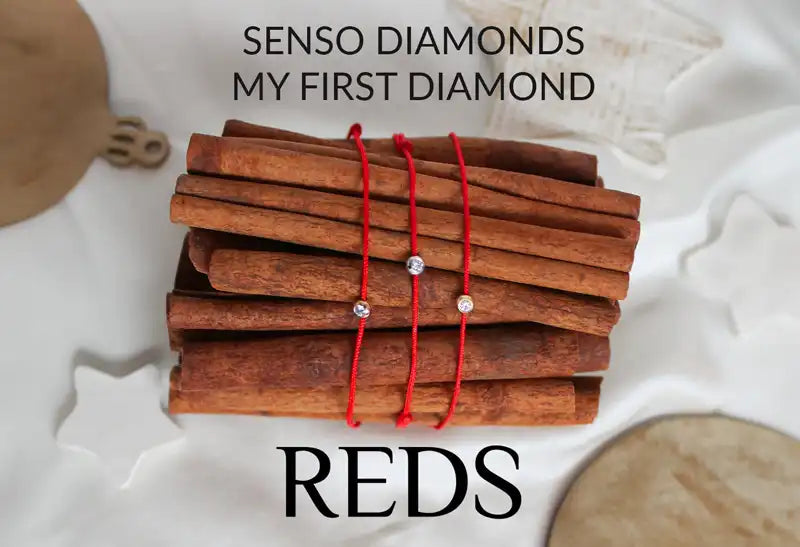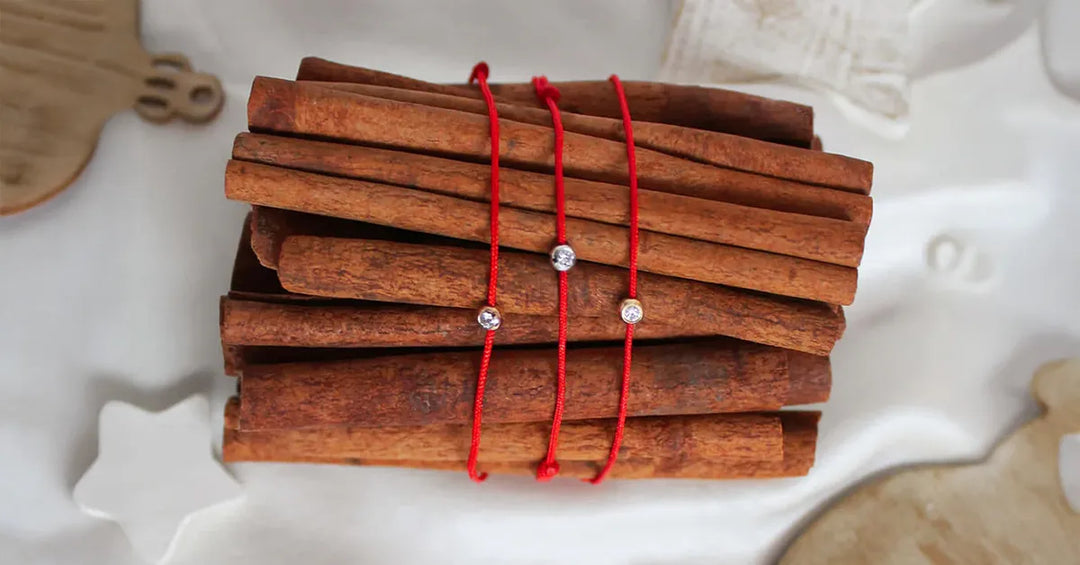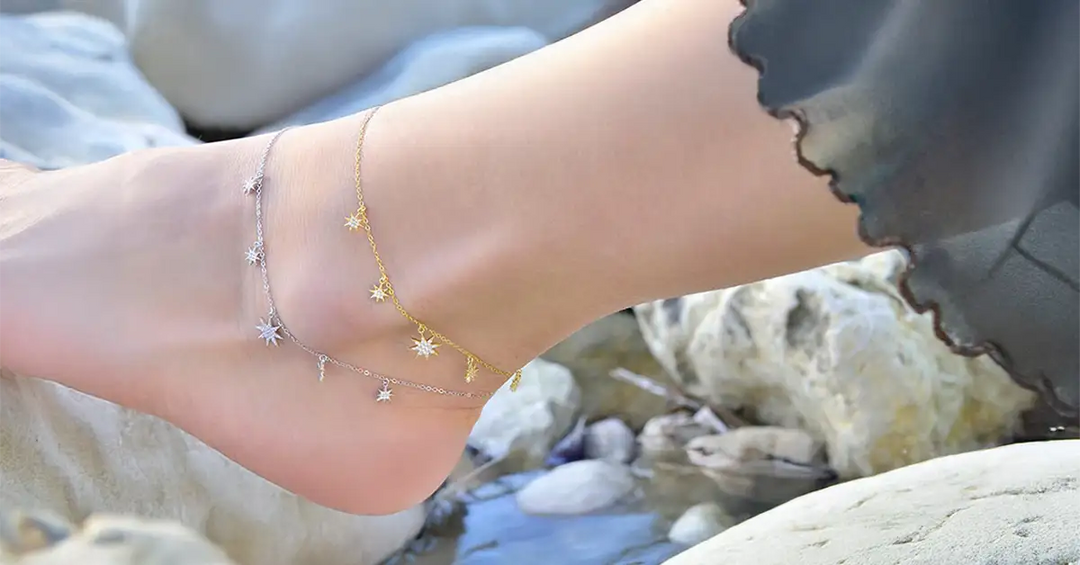What is PVD coating and how to maintain jewelry and watches with PVD coating?
1. What is PVD coating?
PVD stands for Physical Vapor Deposition – a process in which material (metal or ceramic) is evaporated to plasma in a vacuum chamber and then condenses onto the surface of jewelry and watches. The result is an extremely thin but hard layer that bonds with the base metal at the molecular level.
Although the thickness of PVD is usually only a few microns (2–10 µm), it provides exceptional durability – the coating is harder to scratch, more resistant to corrosion, and longer-lasting compared to traditional electroplating (gold plating, silver plating, etc.). This way, favorite necklaces, bracelets, and watches keep their shine longer, and their color stays fresh even with daily wear.
2. How is it done and why is it used?
2.1. PVD Process
- Vacuum chamber: Jewelry or watch components are placed together with the coating material (called the “target”).
- Evaporation to plasma: By heating or ion bombardment, the target turns into a cloud of charged particles.
- Layer deposition: These particles are directed onto the surface of the item and form an ultra-thin but hard layer.
Everything happens under high vacuum and controlled atmosphere (inert gas, usually argon) to prevent unwanted impurities.
2.2. Reasons for the popularity of PVD
- Exceptional hardness: PVD bonds directly with the metal molecules, which means strong adhesion and high scratch resistance.
- Color durability: Unlike electroplated gold plating, which can wear off after a few months, PVD color can last for years.
- Rich color variety: Gold, rose gold, black, gray, "gunmetal", and even gradient effects – PVD allows for creative designs.
- Corrosion protection: The coating protects the base (usually steel or brass) from moisture and oxidation.
- Eco-friendliness: PVD involves almost no toxic chemical baths (as found in electroplating processes), making the technology more environmentally friendly.
3. Types of PVD coatings: materials and colors
PVD is a general term for a method that includes various coating materials – nitrides, carbides, or combinations of them. Here are some popular variations:
- Titanium Nitride (TiN) – provides a yellow-golden color and very high hardness. Often used for "gold" watches and jewelry without the need for a high content of real gold.
- Titanium Carbonitride (TiCN) – the addition of carbon gives a warmer, sometimes pinkish hue and additional hardness.
- Zirconium Nitride (ZrN) – gives a light, yellowish or bronze tint, also used for rose gold effects.
- Chromium Nitride (CrN) – metallic "chrome" shine with excellent hardness, very suitable for watches with a silver or "steel" color.
- DLC (Diamond-Like Carbon) – a special type of PVD where a carbon layer with diamond-like properties is deposited. It provides an ultra-hard black coating, especially preferred for luxury, sports, or designer watches.
There are also multilayer PVD coatings, where several different layers are applied for additional strength reinforcement and to achieve more diverse colors.
4. How to maintain jewelry and watches with PVD coating
One of the great advantages of PVD is that the coating requires minimal maintenance. However, to keep the perfect shine as long as possible, follow a few basic steps:
-
Regular, gentle cleaning:
- Use a soft cloth or sponge and a mild solution of lukewarm water and gentle soap (e.g., dish soap).
- Avoid hard brushes or abrasive detergents.
-
Avoidance of aggressive chemicals:
- Perfumes, hairspray, bleach, and strong household cleaners can weaken the coating's shine over time.
- Apply perfume/cream before putting on your necklaces and bracelets to avoid direct contact with the metal.
-
Protection from impacts and scratches:
- Although durable, PVD can still be damaged by strong mechanical friction.
- Remove watches and jewelry during repair work, weight training, or when working with rough tools.
-
Store separately:
- To avoid scratches, do not place multiple metal jewelry pieces next to each other in one box. Use separate soft pouches or compartments.
-
Caution when swimming or at the sea:
- Although PVD is corrosion-resistant, chlorine in pools and saltwater can dull the shine over time.
- If the accessories are relatively expensive or have a more delicate design, it is better to remove them before diving.
What to do in case of more serious damage?
If a deeper scratch occurs, professional service may be required. Some workshops offer reapplication of the PVD layer, but the process requires specialized equipment. Scratched PVD is not easily repaired at home – it is best to prevent the problem through proper care.
5. Why choose PVD over other coatings?
There are various finishing methods on the market for necklaces, bracelets, jewelry, and watches: electroplating, rhodium plating, enamel, anodizing, etc. Here is a brief comparison:
-
PVD vs. Electroplated Gold
- In electroplating, a thin (sometimes under 1 µm) layer of real gold is applied. Over time, it wears off relatively easily.
- PVD gold-colored (often titanium nitride) is many times harder and thicker, so it does not peel off or darken quickly.
-
PVD vs. Rhodium Coating
- Rhodium gives a sparkling "white" shine to silver jewelry but wears off after months or a year of wearing.
- The PVD coating (e.g., with chromium nitride) remains stable longer and does not require replacement as often.
-
PVD vs. Painting or enamel
- Paints and enamels can crack or peel. With PVD, the colored layer is tightly bonded to the metal and withstands daily friction much better.
-
PVD vs. Anodizing
- Anodizing is a specific process for aluminum products; the color comes from the oxide layer. Although durable, it does not reach the hardness of PVD metal coatings.
Ultimately, PVD provides a stronger, more durable, and often more affordable alternative in the long term. That is why jewelry and watchmaking are increasingly turning to PVD solutions.
6. Advantages of PVD-coated necklaces, bracelets, rings, and watches
- Long-lasting shine: No need for frequent polishing and resealing.
- Lower likelihood of allergic reactions: With quality PVD coating, the skin contacts the inert outer layer, not the metals in the base (e.g., nickel).
- Variety of designs: PVD allows interesting colors and even gradient effects.
- High corrosion resistance: Sweat, moisture, and daily dust cannot easily penetrate the hard layer.
- Eco-friendly technology: The absence of toxic chemical baths makes it safer for the environment.
7. Frequently Asked Questions
Question: How long does the PVD coating last?
Answer: With normal use – several years to a decade or more, especially with proper care. It also depends a lot on the thickness of the applied layer, but overall PVD is among the most durable finishes in jewelry.
Question: Can the PVD coating be restored if scratched?
Answer: Light surface scratches are often almost invisible due to the hard nature of the layer. For more serious damage, professional intervention is required, and sometimes reapplication of the entire layer.
Question: Is it mandatory to remove my PVD-coated watch during sports?
Answer: Although PVD is very durable, regular strong contact with rough surfaces (e.g., gym equipment, impact with metal) can damage even the most resistant coating. If the watch is expensive, it's better to protect it during intense sports.
8. Why choose jewelry with PVD?
PVD is the modern technology that combines luxurious appearance, great durability, and relatively easy maintenance. If you are looking for necklaces, bracelets, jewelry, or watches that can withstand daily use without losing their shine, PVD coating is an excellent choice. Thanks to the vacuum method, the layer bonds deeply with the metal underneath, protecting the item from scratches, corrosion, and oxidation. Instead of spending money on frequent re-coatings for gold-plated accessories, with PVD you invest in longevity and peace of mind.




















